Cadillac CT6 To Receive Turbocharged, Naturally Aspirated V6 Engines
When the Cadillac CT6 hits showrooms later this year, power for the flagship will come in the form of two V6 engines.
The mills are a 3.6-liter naturally aspirated unit, and a 3-liter twin-turbo. Both engines are equipped with active fuel management and start-stop, helping to improve fuel economy when compared to the engines they will replace in other Cadillac products.
Power figures for the 3.6-liter come to 335 horsepower and 284 lb-ft of torque, while the twin-turbo engine pumps out 400 horses and 400 lb-ft of torque. Both V6s will be paired with versions of General Motors’ Hydra-Matic eight-speed auto: the 8L90 for the turbocharged unit, the 8L45 for the naturally aspirated engine.
Both engines use aluminum blocks with more structuring in the bulkhead for increased rigidity; forged-steel crankshafts; polymer-coated, high-copper-content cylinder heads; cushioned chain sprockets for greater noise reduction; and a new two-pump oiling system for greater fuel efficiency and quieter operation.
Both V6s will be produced at GM’s Romulus Powertrain Operations in Romulus, Mich. — thanks to a $540-million investment to build the new engines — and will be placed under the bonnet of CT6 prior to delivery, which is set to begin between October and December of 2015.
Seattle-based writer, blogger, and photographer for many a publication. Born in Louisville. Raised in Kansas. Where I lay my head is home.
More by Cameron Aubernon
Latest Car Reviews
Read moreLatest Product Reviews
Read moreRecent Comments
- ToolGuy I do like the fuel economy of a 6-cylinder engine. 😉
- Carson D I'd go with the RAV4. It will last forever, and someone will pay you for it if you ever lose your survival instincts.
- THX1136 A less expensive EV would make it more attractive. For the record, I've never purchased a brand new vehicle as I have never been able to afford anything but used. I think the same would apply to an EV. I also tend to keep a vehicle way longer than most folks do - 10+ years. If there was a more affordable one right now then other things come to bear. There are currently no chargers in my immediate area (town of 16K). I don't know if I can afford to install the necessary electrical service to put one in my car port right now either. Other than all that, I would want to buy what I like from a cosmetic standpoint. That would be a Charger EV which, right now, doesn't exist and I couldn't afford anyway. I would not buy an EV just to be buying an EV. Nothing against them either. Most of my constraints are purely financial being 71 with a disabled wife and on a fixed income.
- ToolGuy Two more thoughts, ok three:a) Will this affordable EV have expressive C/D pillars, detailing on the rocker panels and many many things happening around the headlamps? Asking for a friend.b) Will this affordable EV have interior soft touch plastics and materials lifted directly from a European luxury sedan? Because if it does not, the automotive journalists are going to mention it and that will definitely spoil my purchase decision.c) Whatever the nominal range is, I need it to be 2 miles more, otherwise no deal. (+2 rule is iterative)
- Zerofoo No.My wife has worked from home for a decade and I have worked from home post-covid. My commute is a drive back and forth to the airport a few times a year. My every-day predictable commute has gone away and so has my need for a charge at home commuter car.During my most recent trip I rented a PHEV. Avis didn't bother to charge it, and my newly renovated hotel does not have chargers on the property. I'm not sure why rental fleet buyers buy plug-in vehicles.Charging infrastructure is a chicken and egg problem that will not be solved any time soon.




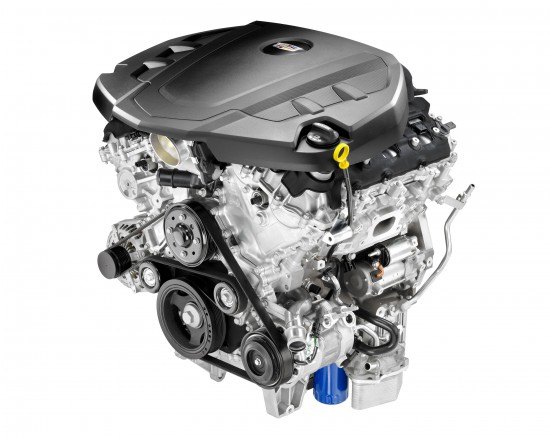







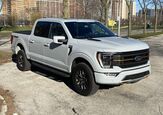





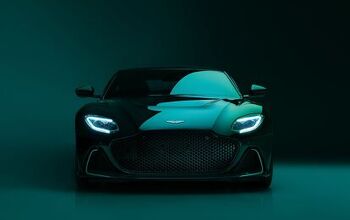
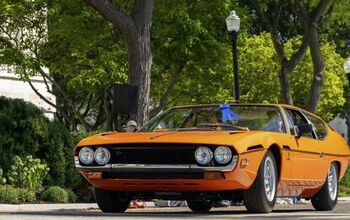
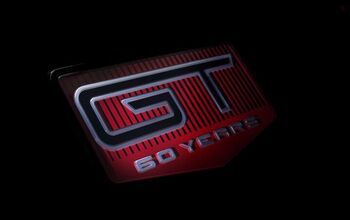
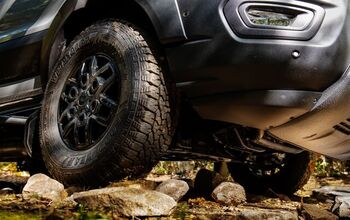


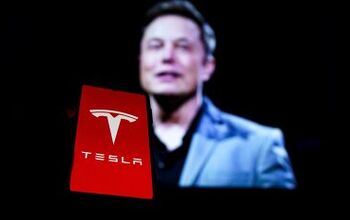

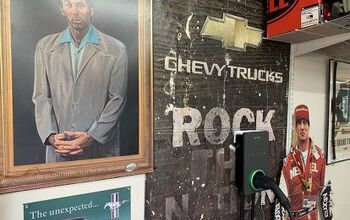

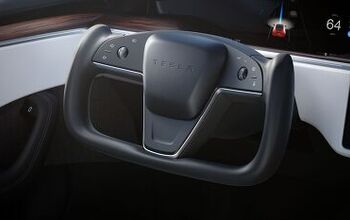
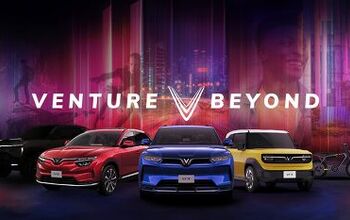
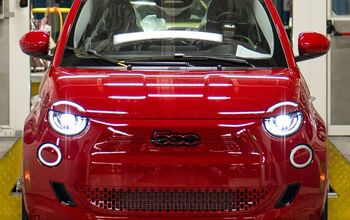
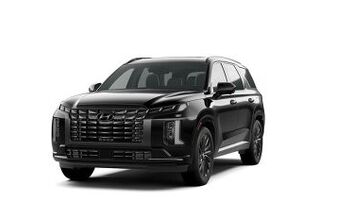
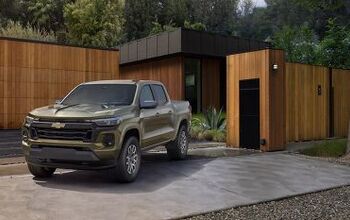
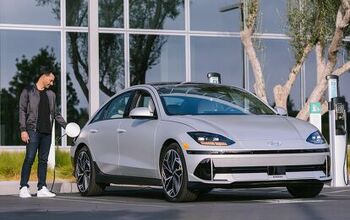
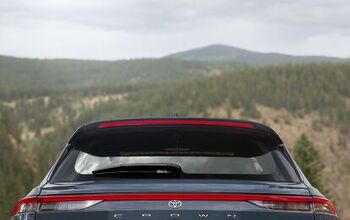
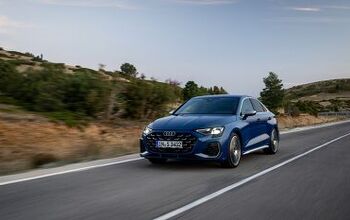
Comments
Join the conversation
I think the 3.0tt engine will be fine (and with that smaller displacement, hopefully smoother and more refined than the 3.6), but I am not sure the 3.6 will have the guts to move the car. Unless it comes in under 4000 lb curb weight, while the 330ish hp is competitive, 285 lb-ft of torque may not be enough to move this much car as much as effortlessly as buyers expect. The FI competition from Jag, BMW, Audi, and Maserati all have over 330 lb ft from their sixes, and probably over a much broader curve than the NA Caddy six. While it won't be slow, I'm not sure owners of these cars will appreciate having to rev the engine more on the Caddy to get it's power. I would've thought a low pressure variant of the 3.0tt, or even a FI version of the 2.5 I4 with 300+lb-ft would've worked better. If GM were Ford or Toyota, I would've also said this would be an excellent opportunity to use a hybrid system to assist the V6, but that hasn't been GM's strong suit up to this point.
'while the twin-turbo engine pumps out 400 horses and 400 lb-ft of torque' Always makes me feel a little sorry for the gearheads I knew who spent hours putting together engines with ported and polished heads, hi po intakes, huge cams, and big carbs trying to coax that kind of power out of their engines.